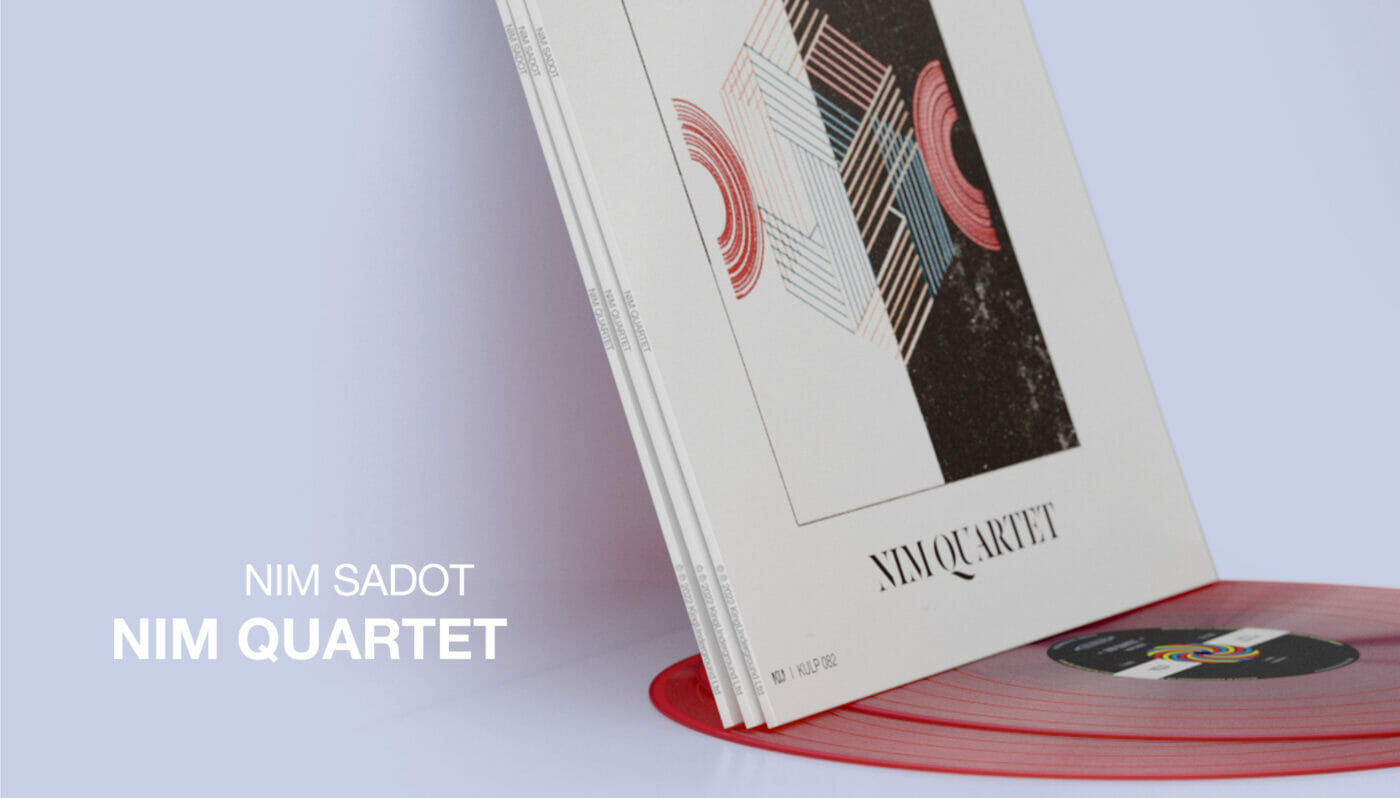
Nim Sadot – Nim Quartet

In celebration of a KU special double LP repress, Nim-Sadot reflects back on his 2018 debut album, Nim Quartet.
It’s been 5 years since Sadot released his first collection of tunes. Selections he made from a library of tracks that he had been building since 2005 and spanned up until the conception of the record, in 2017. By the time the bassist and composer had gathered enough confidence in his craft and felt ready to share music that was his, he had a batch of 60 songs to select from. The song “MTB ” was created in Sadot’s first year of composing back in 2005, so the record truly captures the full scope of a 12-year creation process and the evolution that took place amidst learning to create.

Making your shopping experience easier.
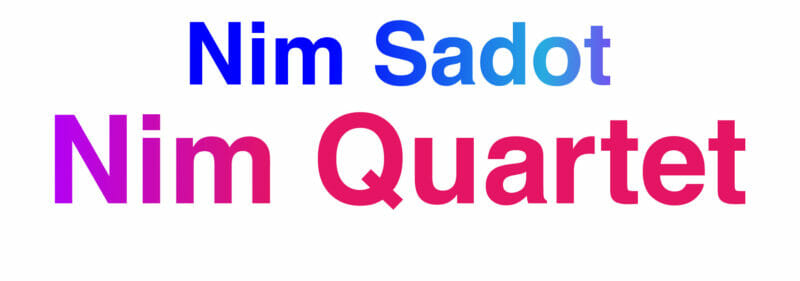
In celebration of a KU special double LP repress, Nim-Sadot reflects back on his 2018 debut album, Nim Quartet.
It’s been 5 years since Sadot released his first collection of tunes. Selections he made from a library of tracks that he had been building since 2005 and spanned up until the conception of the record, in 2017. By the time the bassist and composer had gathered enough confidence in his craft and felt ready to share music that was his, he had a batch of 60 songs to select from. The song “MTB ” was created in Sadot’s first year of composing back in 2005, so the record truly captures the full scope of a 12-year creation process and the evolution that took place amidst learning to create.

Making your shopping experience easier.
At the time of making the album, Sadot hadn’t quite found a steady rotation of players to make up a band, which speaks to having three different drummers on the project. However, he did have a clear vision in his head for where the melodies should land and thought they would be communicated best on trumpet. An instrument that is a constant on every composition, with the exception of one track on the record, “Good Cat, Bad Cat”, written by keyboardist, Hamish Balfour. The trumpet doesn’t feel missing, but it is maybe the biggest shift in feel on the project, and having the knowledge that it’s only one of two tunes on ‘Nim Quartet’ not composed by Sadot, you can certainly hear a different voicing in the music.
When KU curator and founder, Dan Englander discovered the original pressing of ‘Nim Quartet’ he saw an opportunity to reproduce the record to its fullest potential. The new double LP pressing not only provided room to make the original mix and recordings of the album sound fuller and pack more punch, but it also allowed Sadot to include a cover of Sting’s, Children’s Crusade. A track that was only included in the streaming versions of the album, and left off the original single LP pressing, due to time constraints.
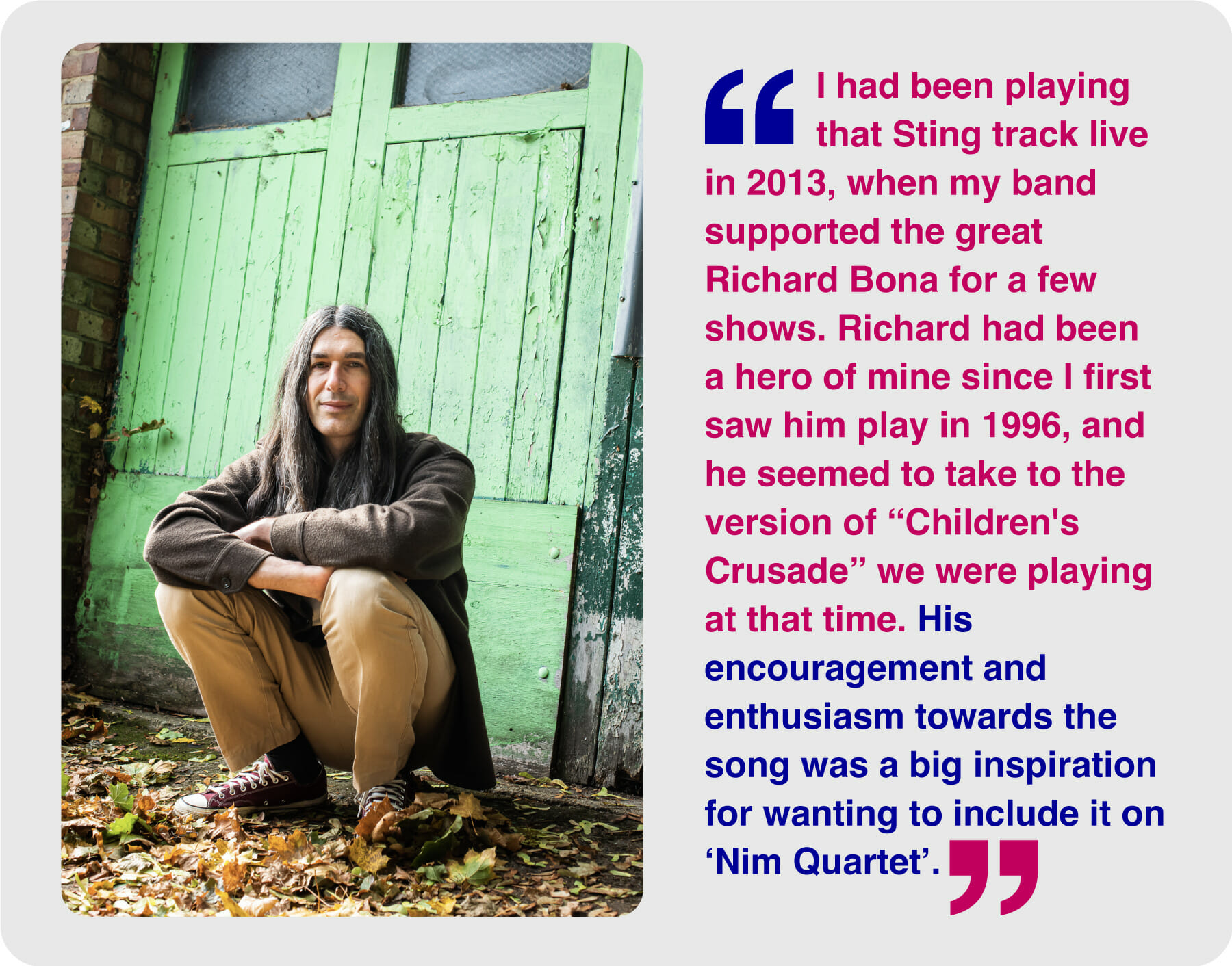
When KU curator and founder, Dan Englander discovered the original pressing of ‘Nim Quartet’ he saw an opportunity to reproduce the record to its fullest potential. The new double LP pressing not only provided room to make the original mix and recordings of the album sound fuller and pack more punch, but it also allowed Sadot to include a cover of Sting’s, Children’s Crusade. A track that was only included in the streaming versions of the album, and left off the original single LP pressing, due to time constraints.

While Sadot’s ideas about music and composing have evolved in some ways, ‘Nim Quartet’ is a collection of tunes that shaped his process immensely.
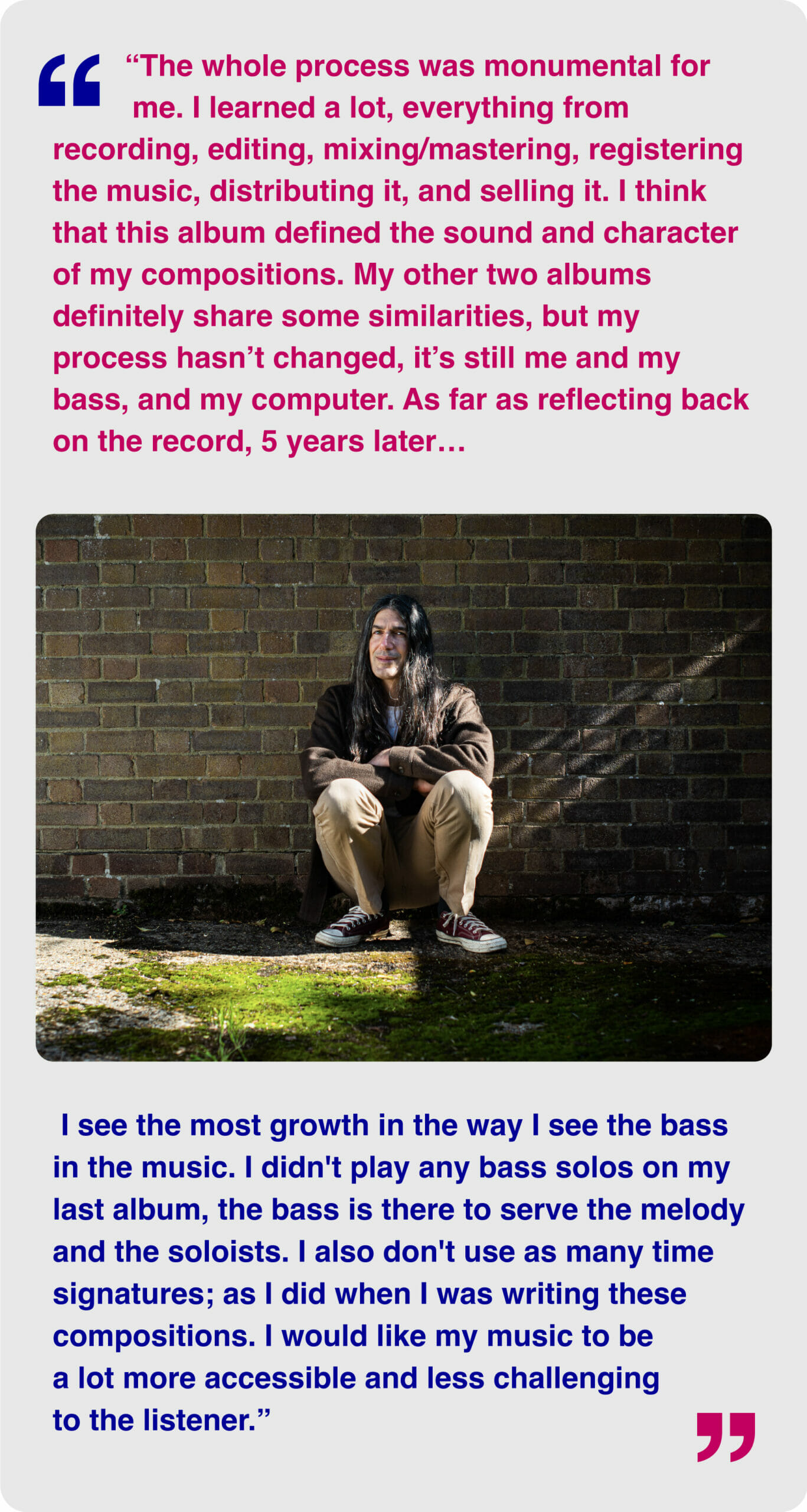
While Sadot’s ideas about music and composing have evolved in some ways, ‘Nim Quartet’ is a collection of tunes that shaped his process immensely.

It’s been 5 years since Sadot released his first collection of tunes. Selections he made from a library of tracks that he had been building since 2005 and spanned up until the conception of the record, in 2017. By the time the bassist and composer had gathered enough confidence in his craft and felt ready to share music that was his, he had a batch of 60 songs to select from. The song “MTB ” was created in Sadot’s first year of composing back in 2005, so the record truly captures the full scope of a 12-year creation process and the evolution that took place amidst learning to create.
At the time of making the album, Sadot hadn’t quite found a steady rotation of players to make up a band, which speaks to having three different drummers on the project. However, he did have a clear vision in his head for where the melodies should land and thought they would be communicated best on trumpet. An instrument that is a constant on every composition, with the exception of one track on the record, “Good Cat, Bad Cat”, written by keyboardist, Hamish Balfour. The trumpet doesn’t feel missing, but it is maybe the biggest shift in feel on the project, and having the knowledge that it’s only one of two tunes on ‘Nim Quartet’ not composed by Sadot, you can certainly hear a different voicing in the music.
When KU curator and founder, Dan Englander discovered the original pressing of ‘Nim Quartet’ he saw an opportunity to reproduce the record to its fullest potential. The new double LP pressing not only provided room to make the original mix and recordings of the album sound fuller and pack more punch, but it also allowed Sadot to include a cover of Sting’s, Children’s Crusade. A track that was only included in the streaming versions of the album, and left off the original single LP pressing, due to time constraints.
“I had been playing that Sting track live in 2013 when my band supported the great Richard Bona for a few shows. Richard had been a hero of mine since I first saw him play in 1996, and he seemed to take to the version of “Children’s Crusade” we were playing at that time. His encouragement and enthusiasm towards the song was a big inspiration for wanting to include it on ‘Nim Quartet’.“
The repressing of the record is also coming with an album art makeover. The new cover art is by KU goto, Marko Vuleta-Djukanov who did fellow roster mates Robohands and E. Lundquist album art.
While Sadot’s ideas about music and composing have evolved in some ways, ‘Nim Quartet’ is a collection of tunes that shaped his process immensely.
“The whole process was monumental for me. I learned a lot, everything from recording, editing, mixing/mastering, registering the music, distributing it, and selling it. I think that this album defined the sound and character of my compositions. My other two albums definitely share some similarities, but my process hasn’t changed, it’s still me and my bass, and my computer. As far as reflecting back on the record, 5 years later… I see the most growth in the way I see the bass in the music. I didn’t play any bass solos on my last album, the bass is there to serve the melody and the soloists. I also don’t use as many time signatures; as I did when I was writing these compositions. I would like my music to be a lot more accessible and less challenging to the listener.”





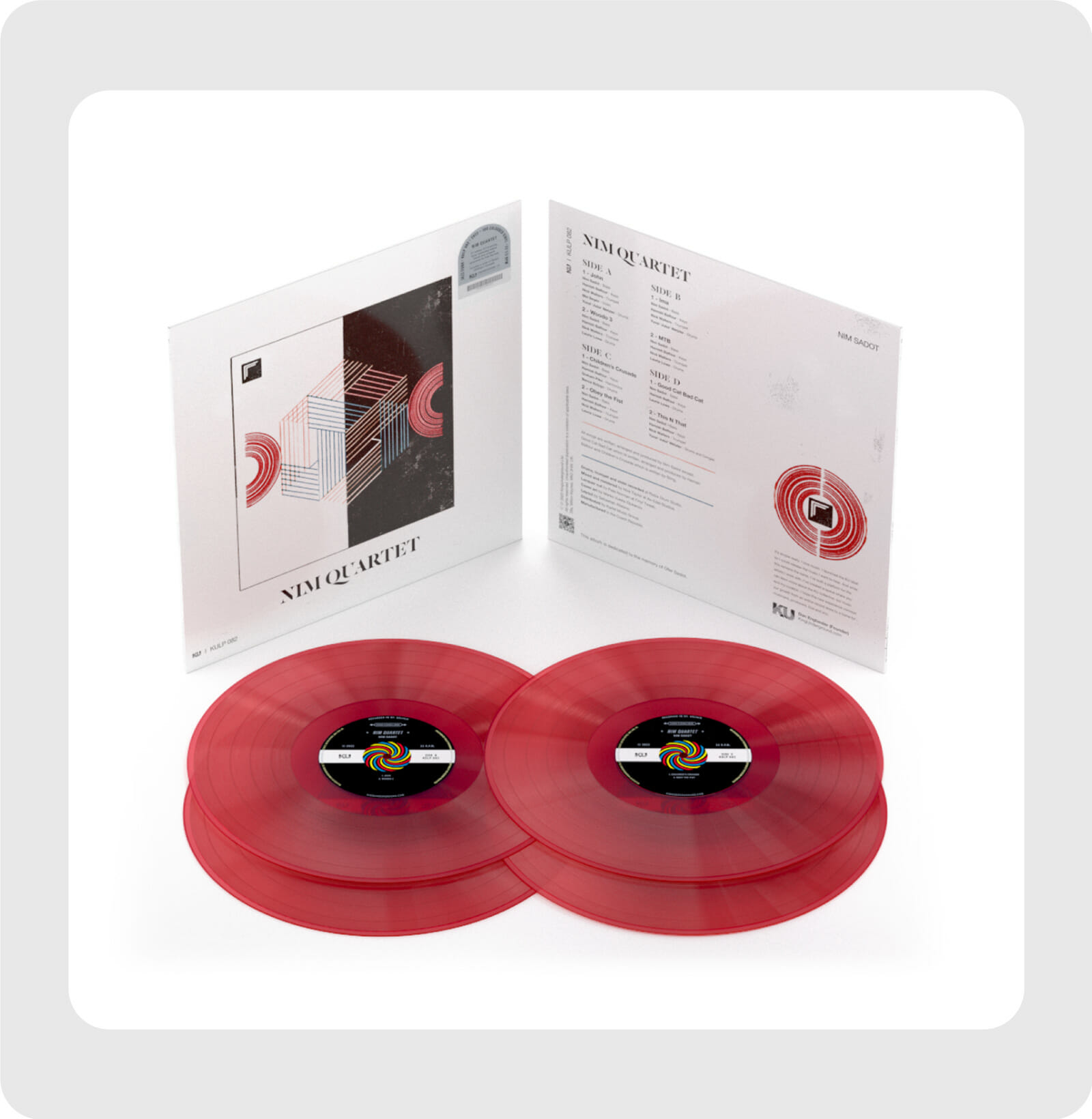


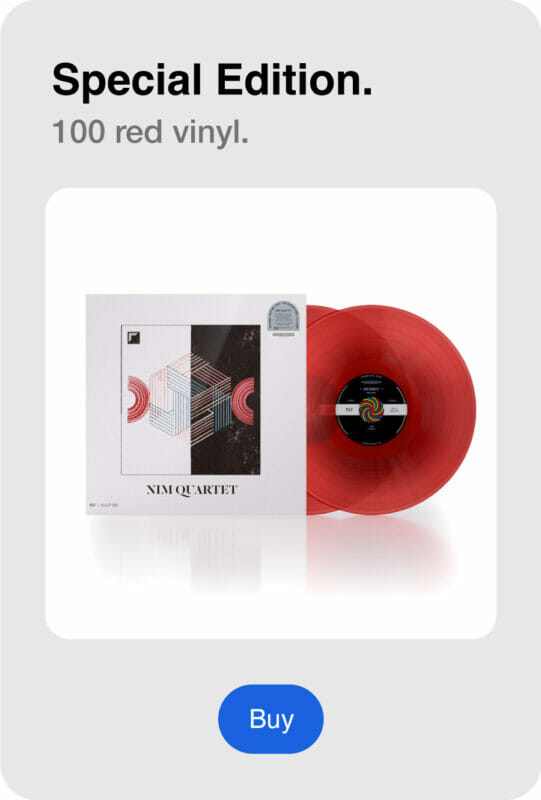
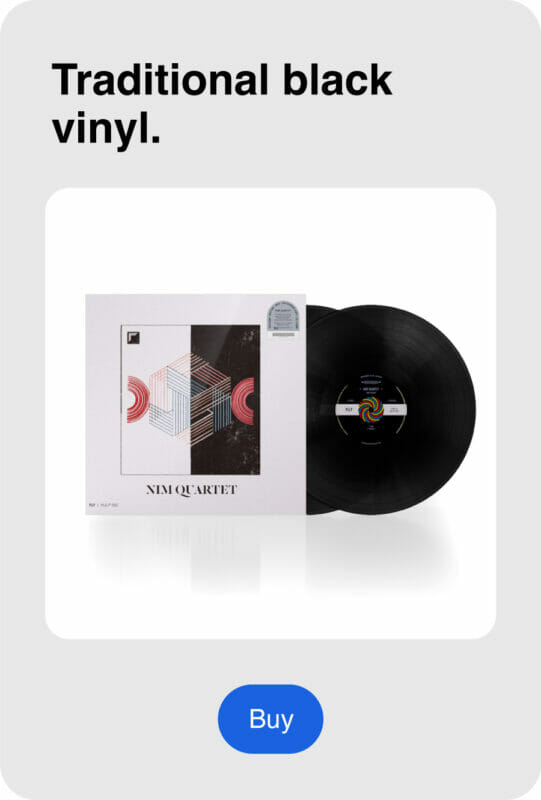


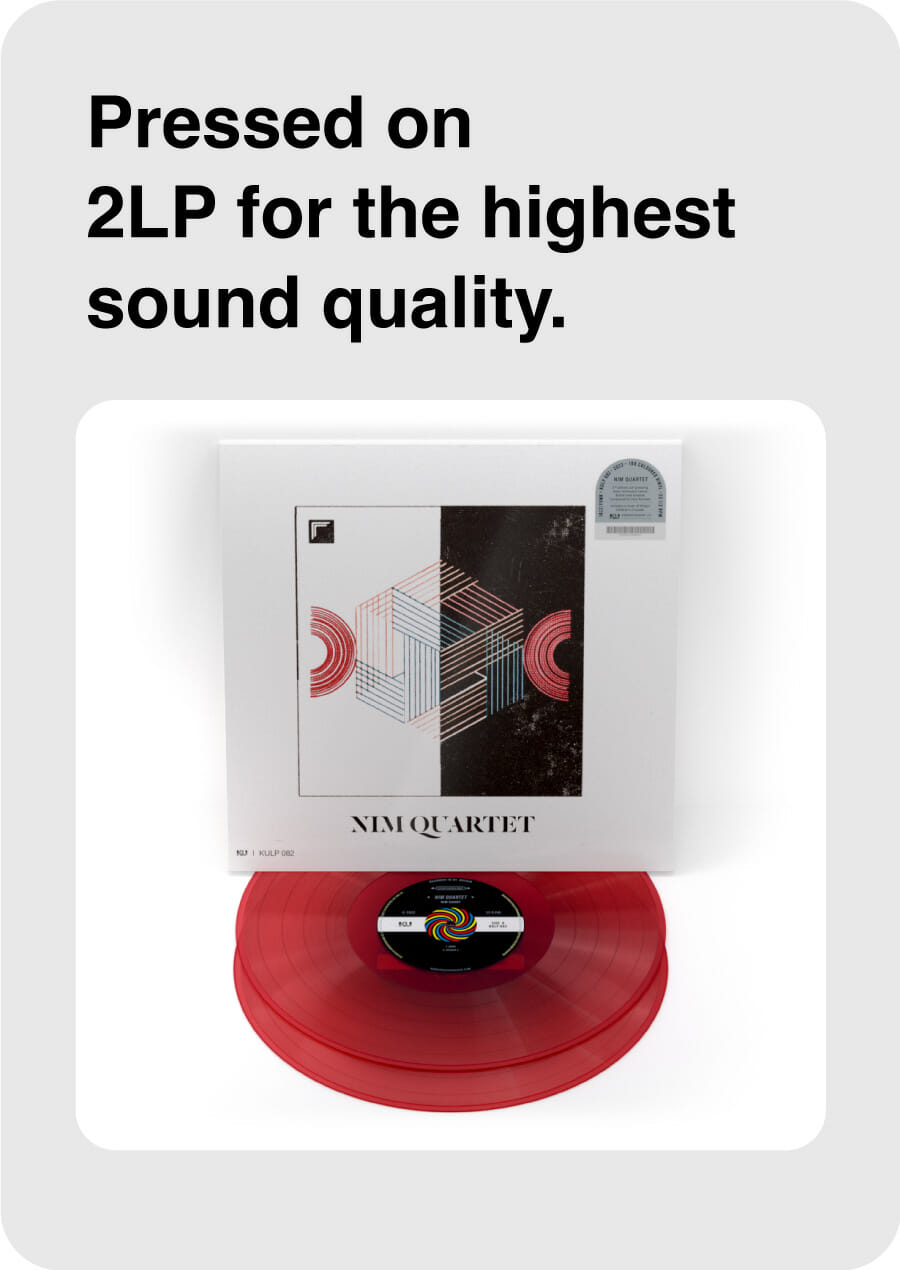
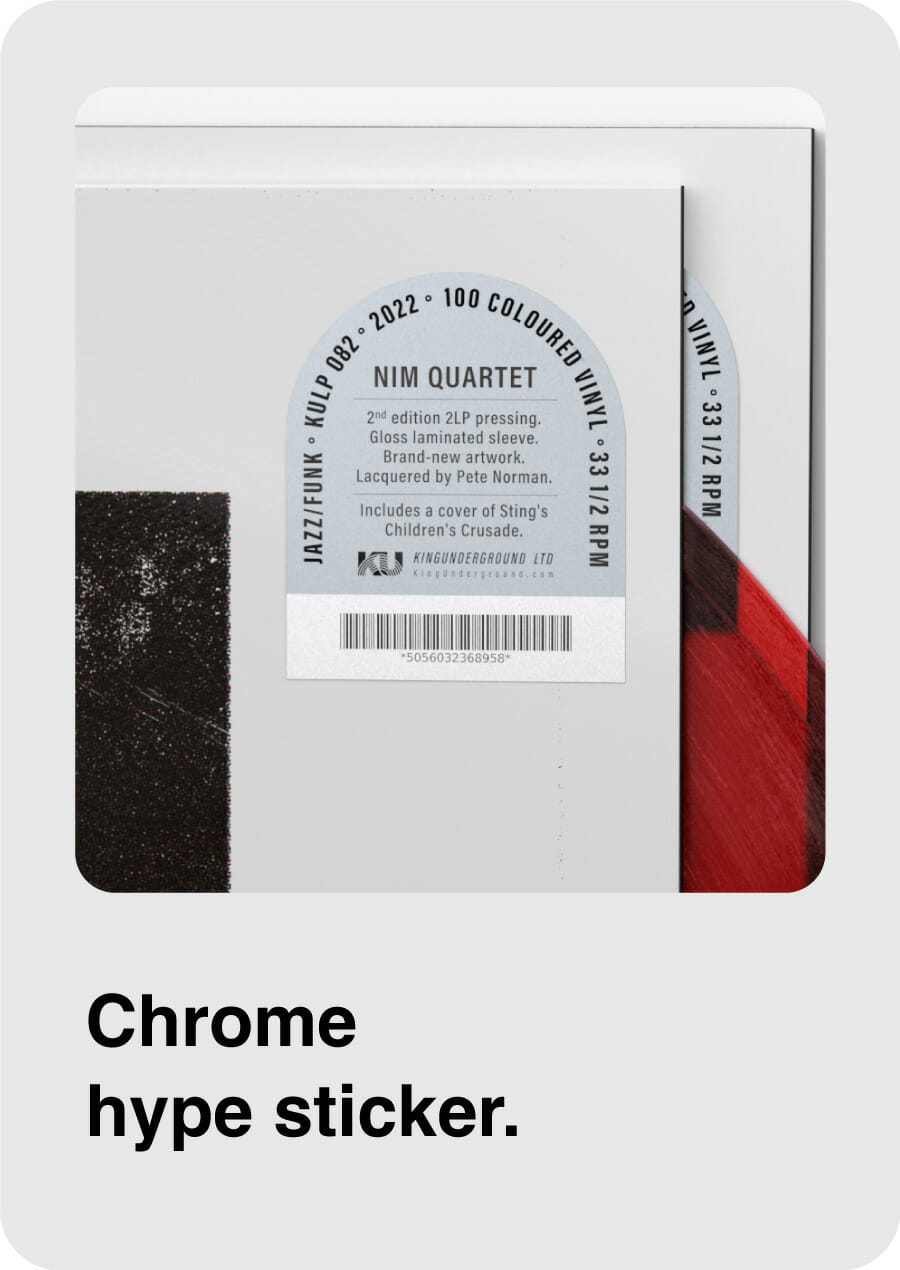



Comments are closed.